
A futuristic flying ‘hypercar’ designed for inner-city travel that could reach speeds of 135 miles per hour at 3,000 feet has successfully completed a test flight in DuƄai.
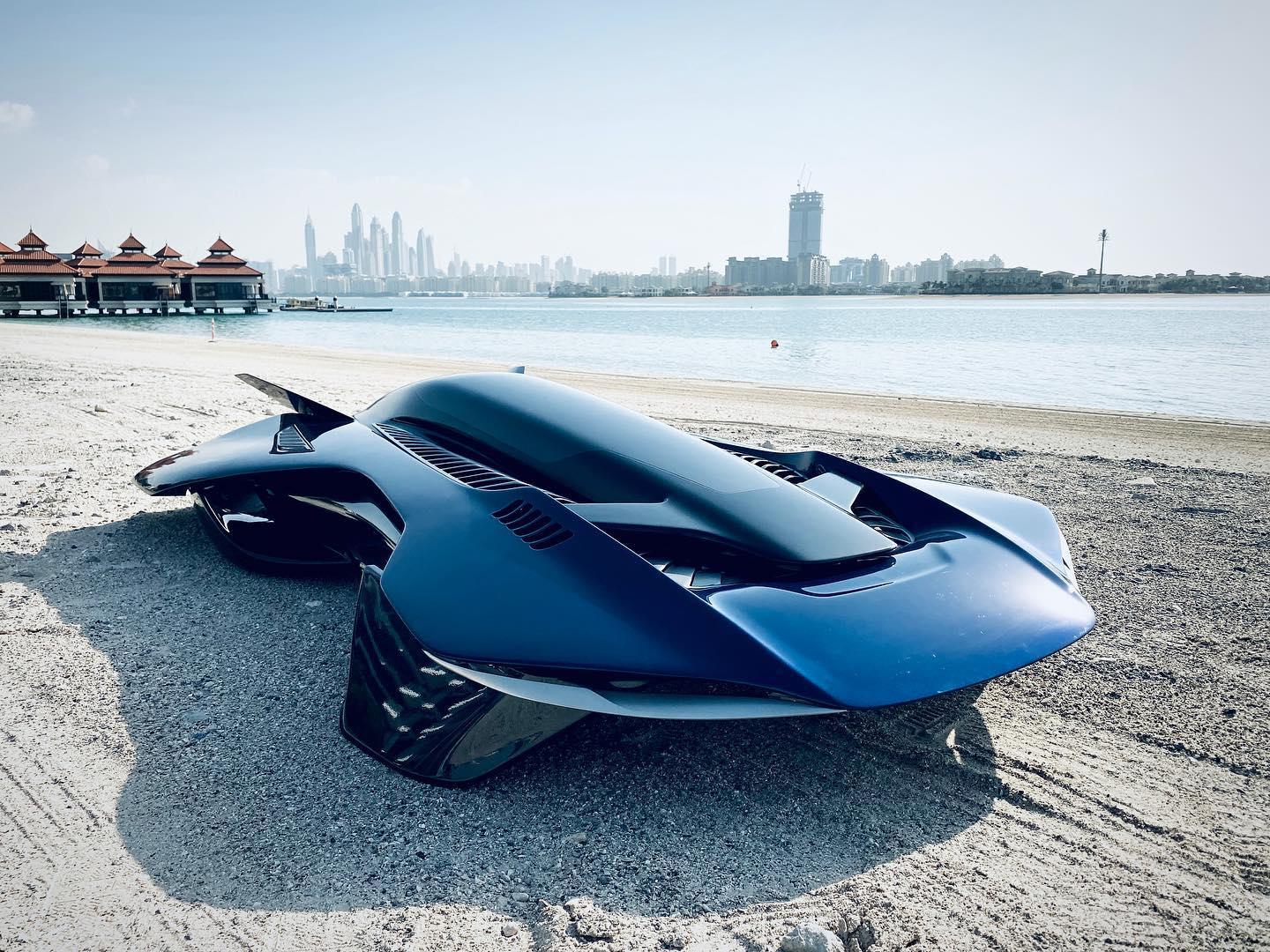
London-based startup Bellwether Industries completed its test flight of the all-electric Volar eVTOL prototype in November, but has only revealed images of the test today. The half-scale futuristic version flew at an altitude of 13 feet (4 meters) with a speed of 40 kilometers per hour (25 miles per hour), according to the company.
The Bellwether Volar eVTOL prototype has been designed for private owners as a replacement for cars, freeing up ground space for cyclists and pedestrians and relieving congestion, but could also provide on-demand transportation as a UƄer. It plans to have a full-scale prototype ready and tested by 2023. The final model is expected to be ready by 2028 for on-demand transportation and by 2030 for private ownership, which would allow users to fly to work for a one-hour commute. luxury.

It says: ‘We believe that people working in the sky is inevitable within the next 10 years.
The company says the vehicle is the first in the world without a large wingspan or exposed payloads, making it ideal for use on aircraft, though the company has yet to confirm exactly how much it would cost customers.
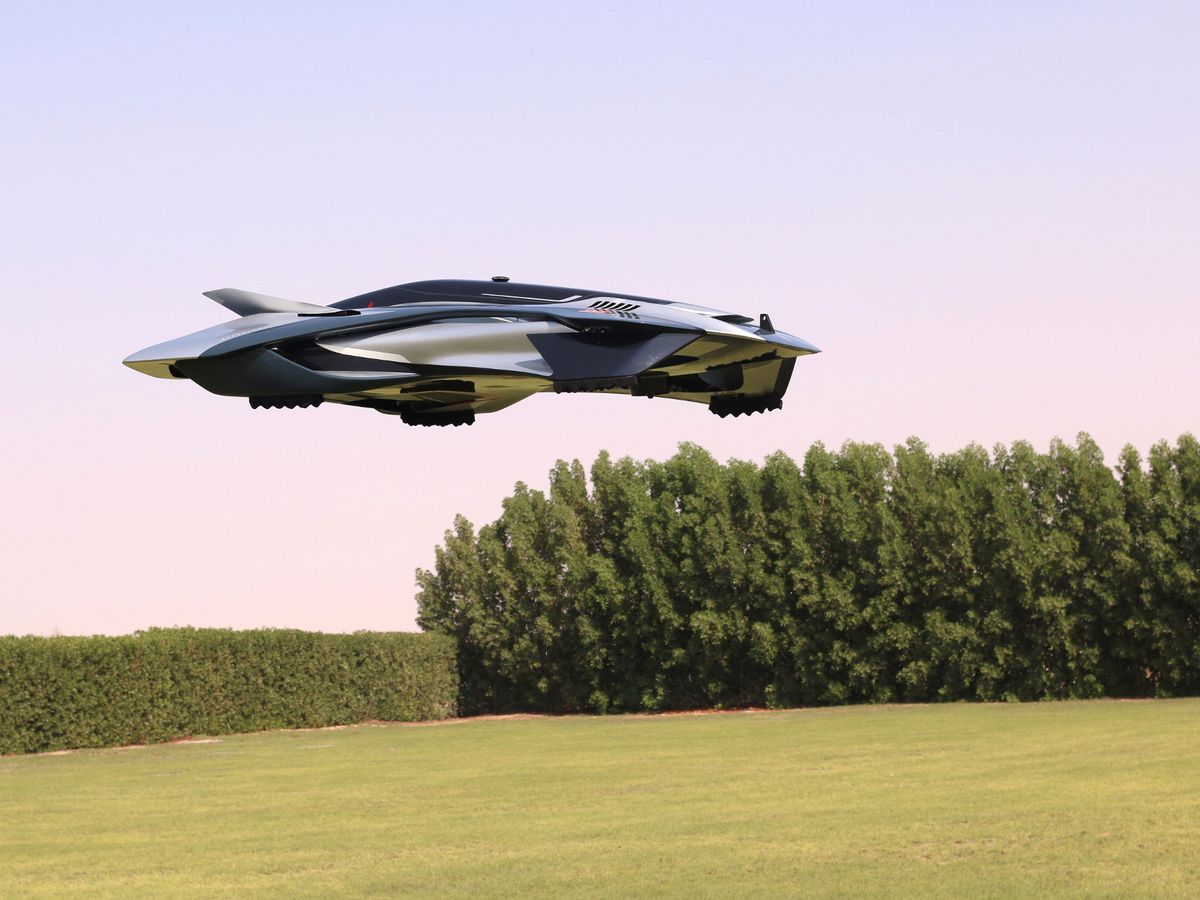
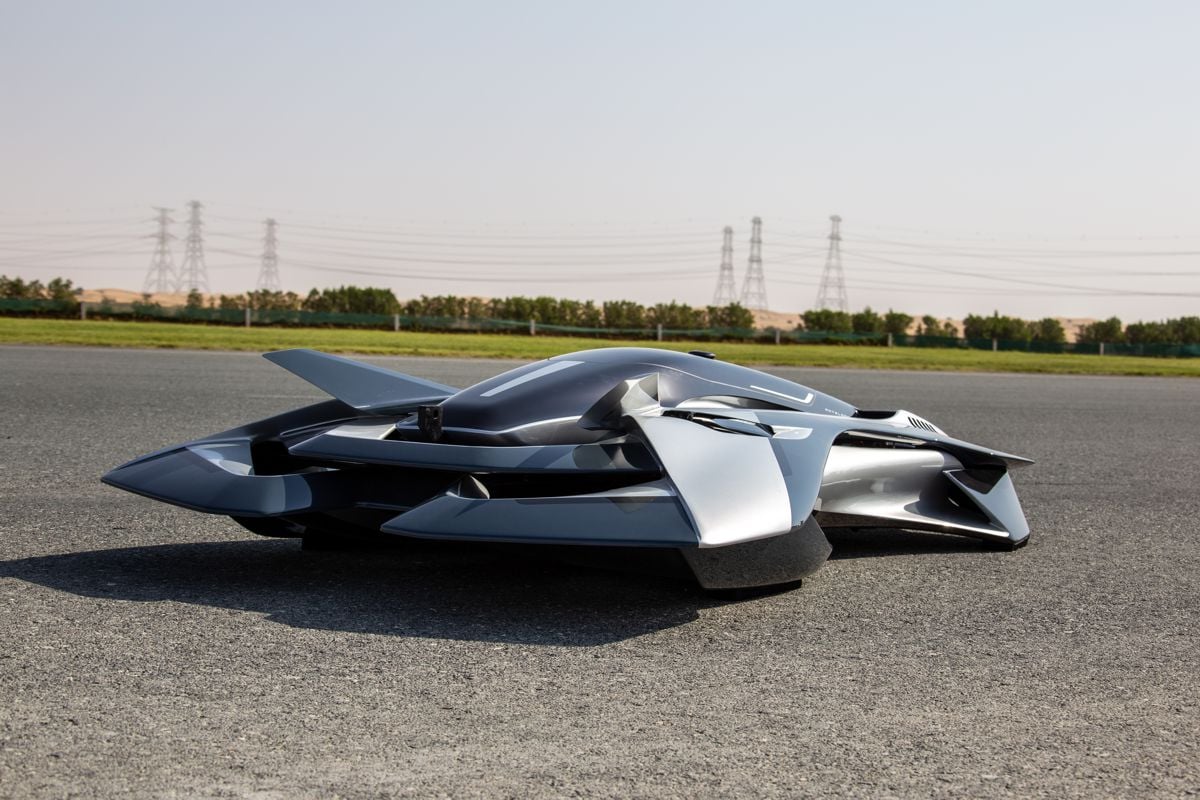
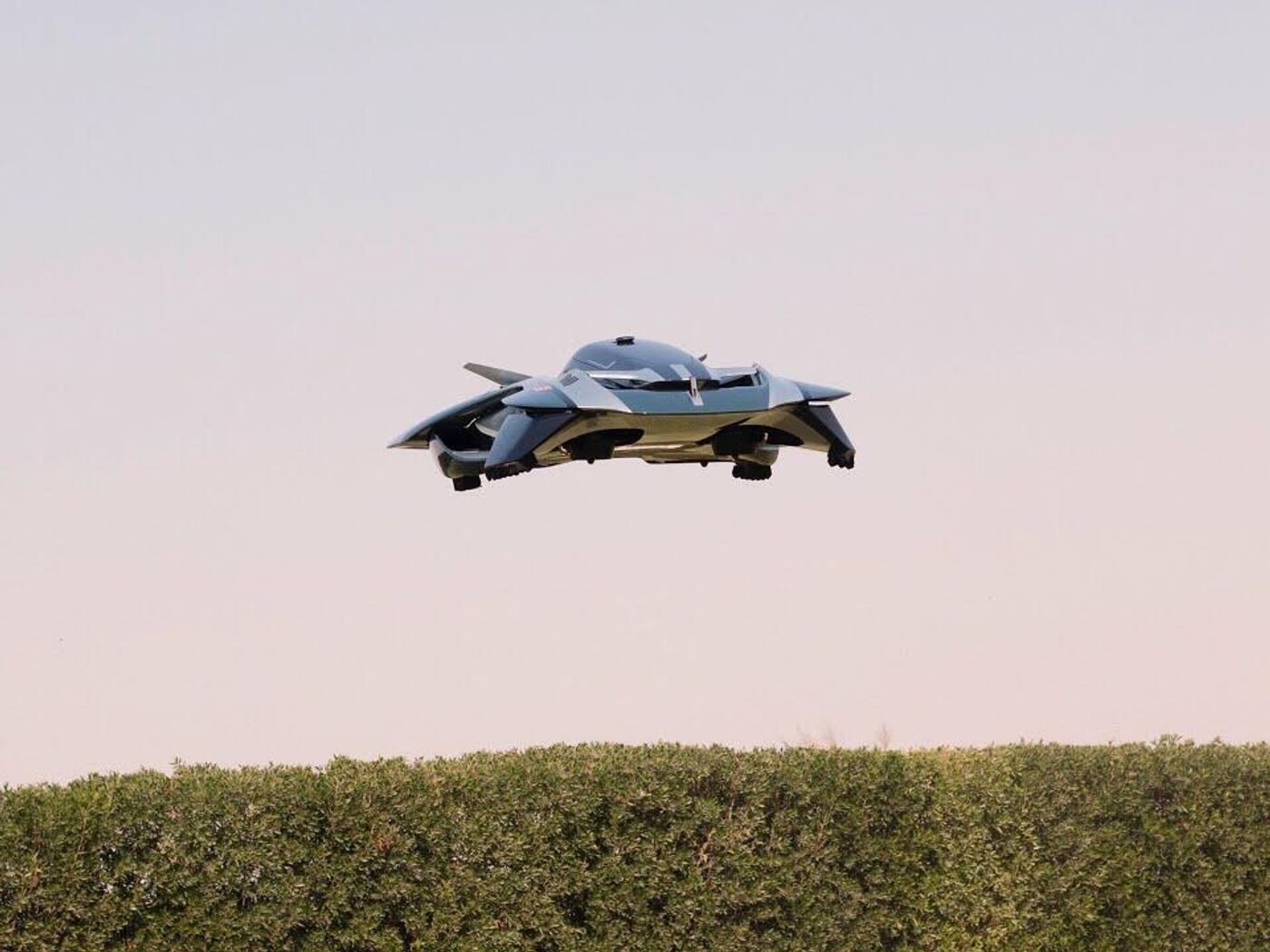
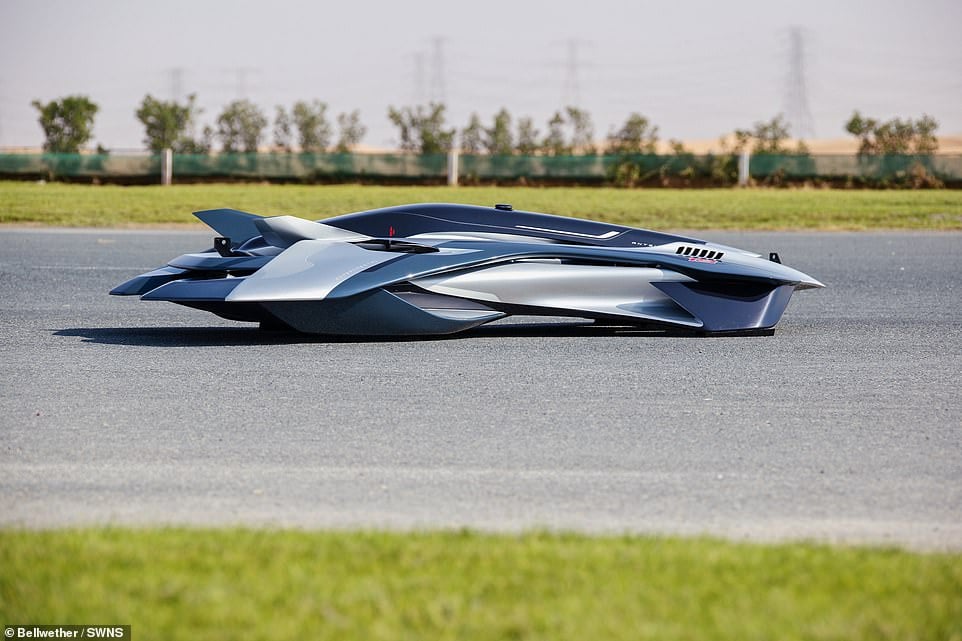
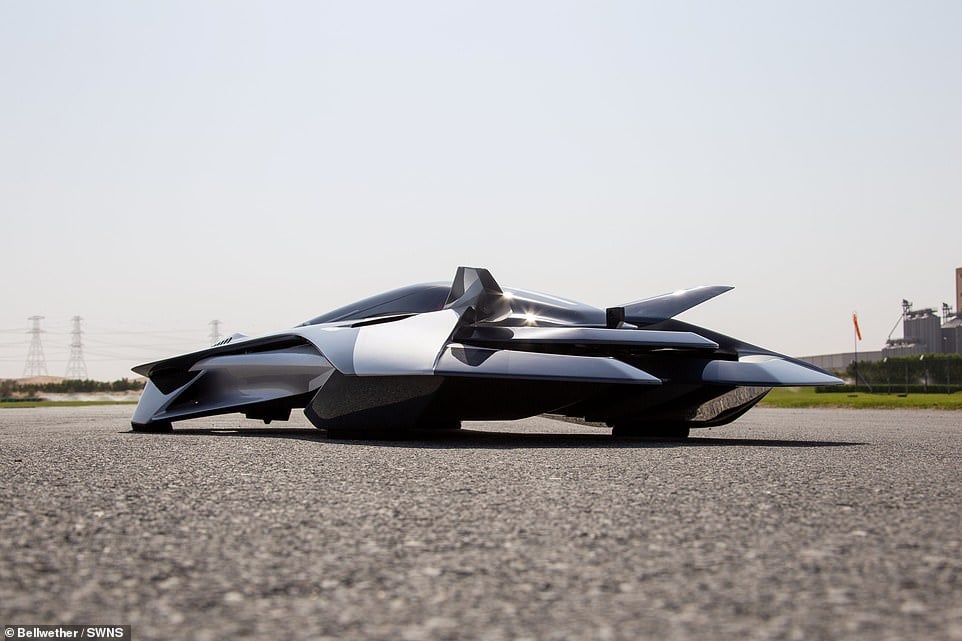
Bellwether Industries was able to log eight test flights with its half-scale model during the recent DuƄai shoot, following a year of tethered indoor flights. DuƄai’s test flight demonstrated the stability and controllability of the prototype and marks the beginning of a series of development projects, according to the firm.
The electric vehicle has a concealed propulsion system with ducted fans, avoiding any exposed rotating loads or large wingspans.

It would charge like an electric vehicle does on the ground, at dedicated charging points, though it will have to rely on a “comprehensive infrastructure and transportation system” to avoid falling out of the sky when the charge runs out, the company said.
The current prototype has only two seats, but the firm’s latest iteration is a four- to five-seater plane to fit entire families, making trips within the city at an altitude of 3,000 feet (915 meters) with a speed of up to 135 miles. per hour (220 kilometers per hour).
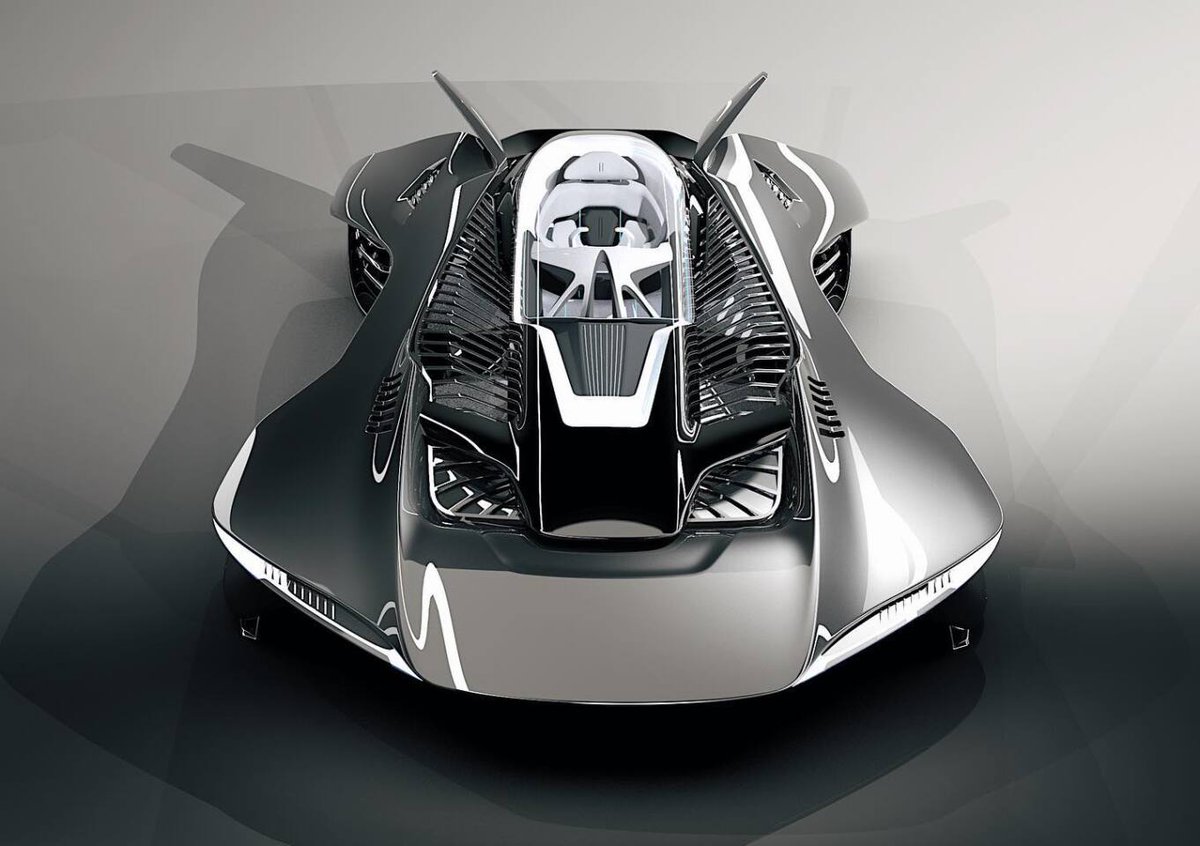
“We want to create priatic urban planes so that anyone can fly from anywhere to any point at any time,” said a spokesman for the firm, which was founded in London in 2019.
‘Our ʋsolar flies smoothly and proves our efforts that are dedicated to innovation and technology.
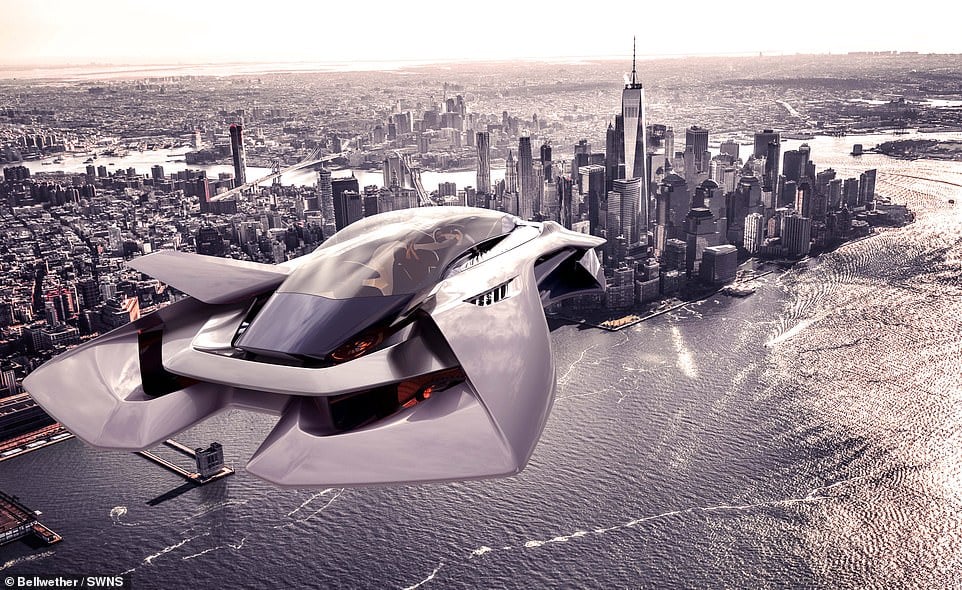
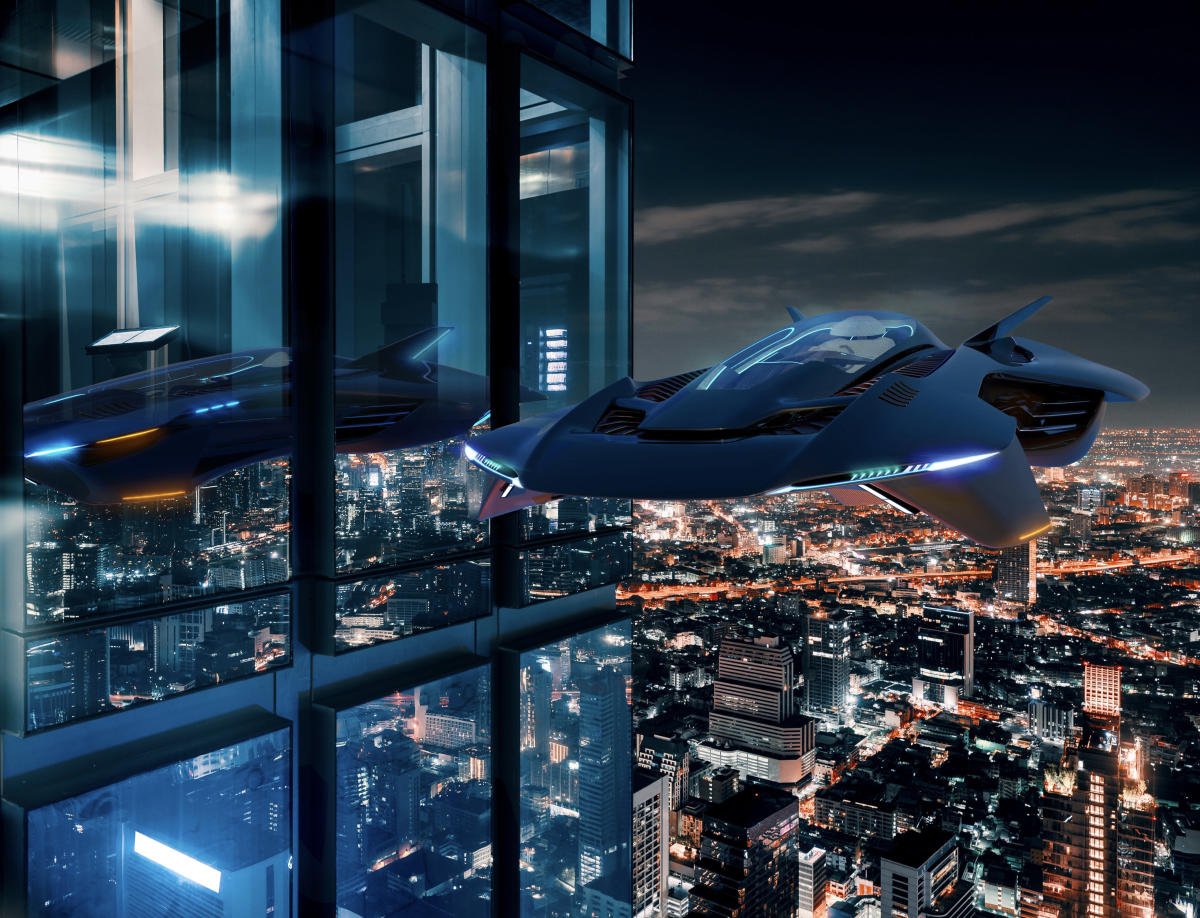
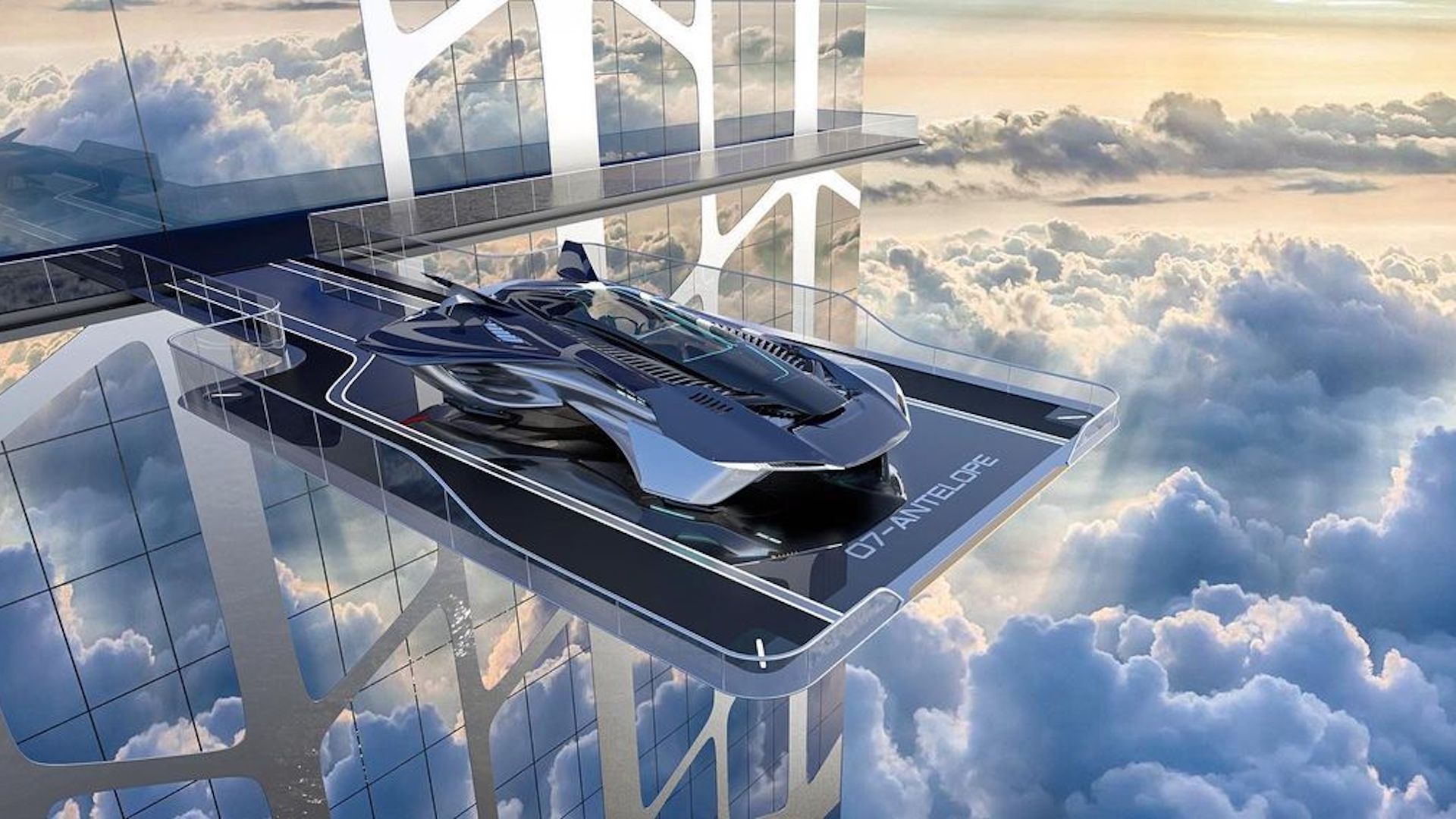
Regarding pricing, the company has not disclosed a specific amount, but said its goal is to make owning a Volar eVTOL ‘as easy as owning a car’ and ‘not more expensive or more expensive than a car’. “But of course the first solar model on the private market will cost more,” the spokesman told MailOnline. ‘The plan is to provide on-demand transportation until 2028 and private ownership until 2030.’
Bellwether Industries defines ‘solar’ as ‘a new category of transportation: private aircraft for trips in the center of the city. The vehicle is defined as a vertical takeoff and landing (eVTOL) aircraft, which can take off directly into the air, reducing the need for runway space.
Morgan Stanley’s eVTOL industry is projected to be worth $1.5 trillion (£1.1 trillion) by 2040.

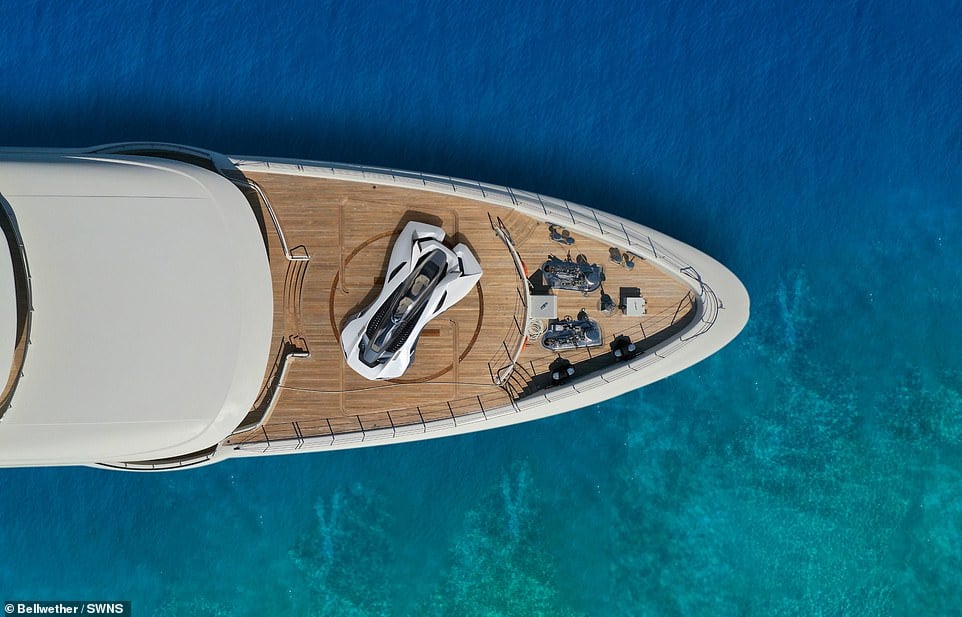
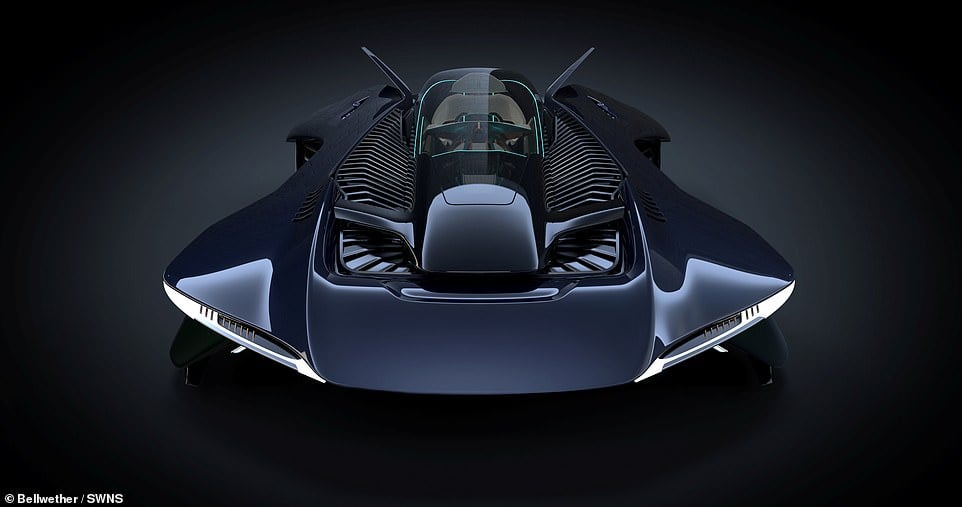
In addition to private flying vehicles, other companies are also making efforts to create a fleet of commercial vehicles to transport paying customers, such as taxis or ride-sharing vehicles, except air ones. Flying taxis are set to carry passengers from Heathrow to cities in the south of England for the price of a UƄer taxi in just four years, it was revealed last year.
Passengers arriving at Heathrow could take an electric air taxi to London’s Canary Wharf in just 13 minutes for around £50 per passenger. A UƄer trip costs £46. Paris officials also hope to use flying taxis to transport sports fans around the city during the 2024 Olympics.
South Korean automaker Hyundai also plans to develop autonomous electric taxis with seating for up to five passengers that will take to the skies in 2028.